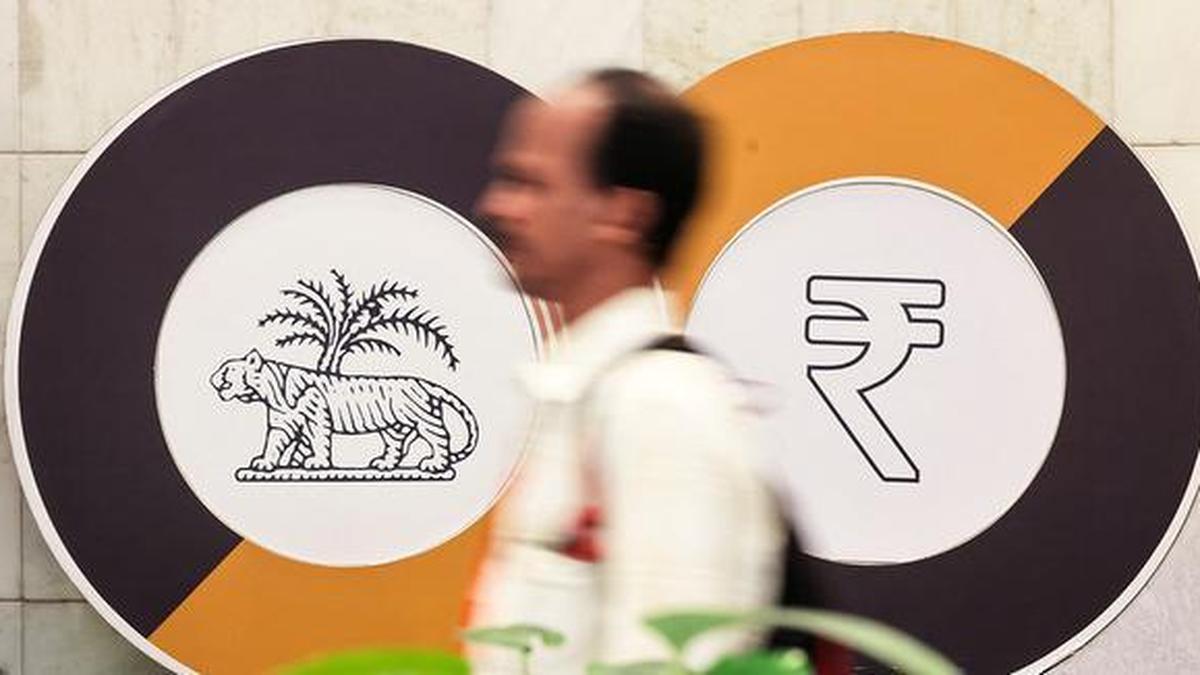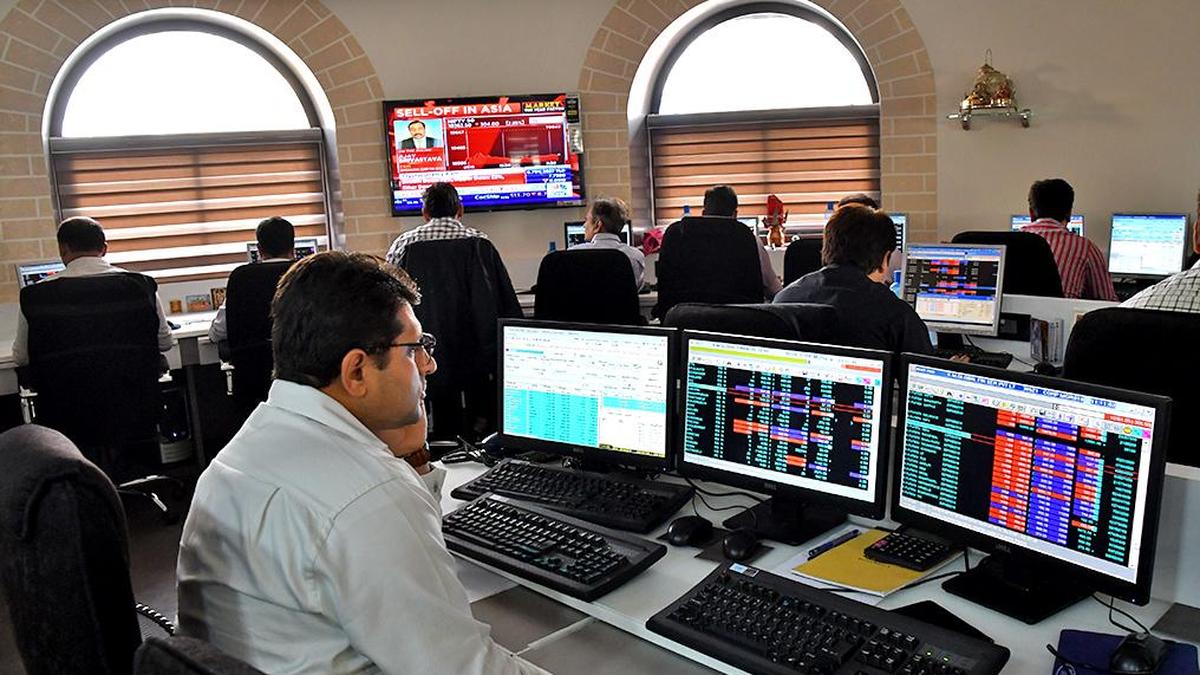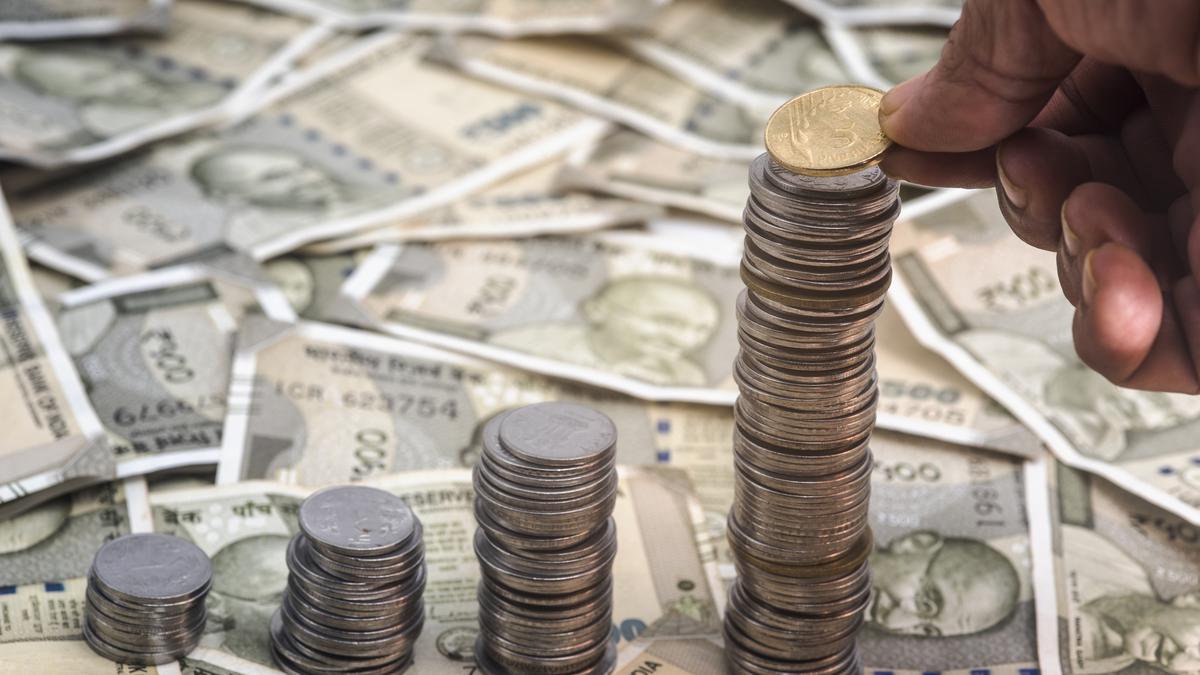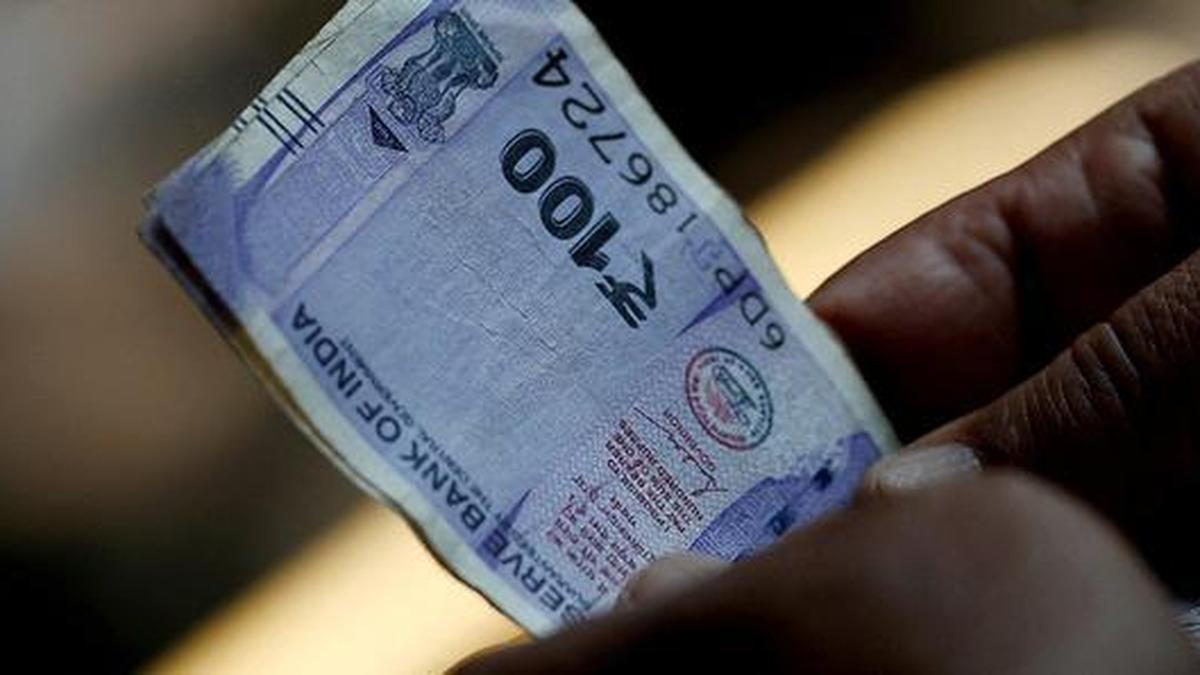Representational file image.
| Photo Credit: Reuters
The Indian rupee fell 0.65% to ₹88.09 against the U.S. dollar on Friday (August 29, 2025) responding to the additional tariffs imposed by the United States. The domestic currency may depreciate further in the range of ₹89.5-90 a dollar in the coming weeks, analysts said.
Currency dealers reacted two days after the U.S.’s tariffs on Indian goods kicked in before selling off the currency.
On the delay, Anindya Bannerjee, Currency and Commodities Head of Kotak Securities said that dealers were waiting to see if the central bank would step in and control the volatility. “Once they realised RBI didn’t, they started to sell of the rupee.” The Indian currency depreciates when foreign exchange traders sell and appreciates when they buy.
He added that the RBI may not have intervened because “when there is a trade war, everything is a tool in the war.” Maneesh Sharma, who heads the Commodities and Currencies Research at Anand Rathi Shares and Stock Brokers, was of the same view. “The RBI also wants the rupee to weaken so as to offset the impact of the higher tariffs, so as to make the exports more competitive,” Mr. Sharma said.
A depreciating currency naturally makes exports cheaper, as the value of goods that the U.S. would buy for a dollar from India would become cheaper. A further increase in exports over imports may also quicken the pace of depreciation.
Both analysts said that the rupee could reach as low as ₹89.5 to ₹90 a dollar before the Federal Market Committee Meeting, although in uncertain situations, an exact forecast of the number of days or weeks could be difficult.
They said that the forecast hinged on when and to what extent the RBI would intervene to rein in the volatility of the exchange rate. They expect that the central bank may step in if the rupee crosses ₹89.5 against the green back.
The volatility comes at the backdrop of an appreciating rupee a few months ago, when the analysts had forecast that the rupee would stay in the territory of ₹84-86 a dollar in the first half of fiscal 2026. Analysts, however, did caution about the elevated levels of reaction to the U.S. dollar as early as the last week of May 2025.
Published – August 29, 2025 04:26 pm IST





